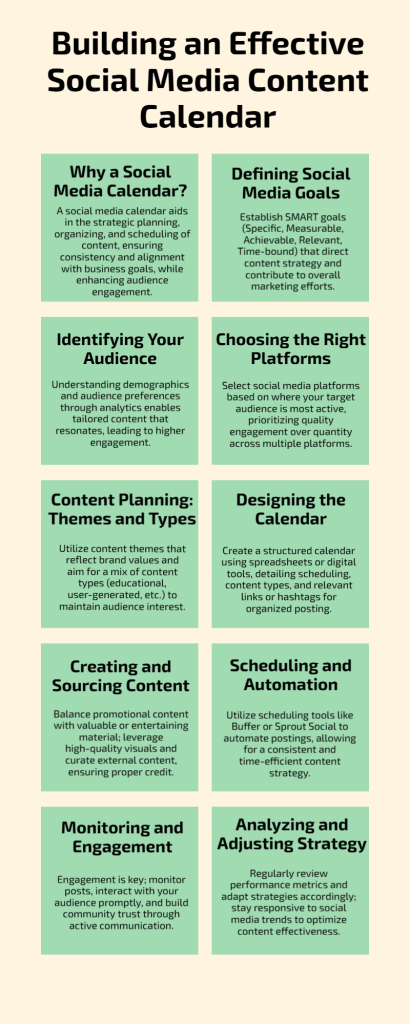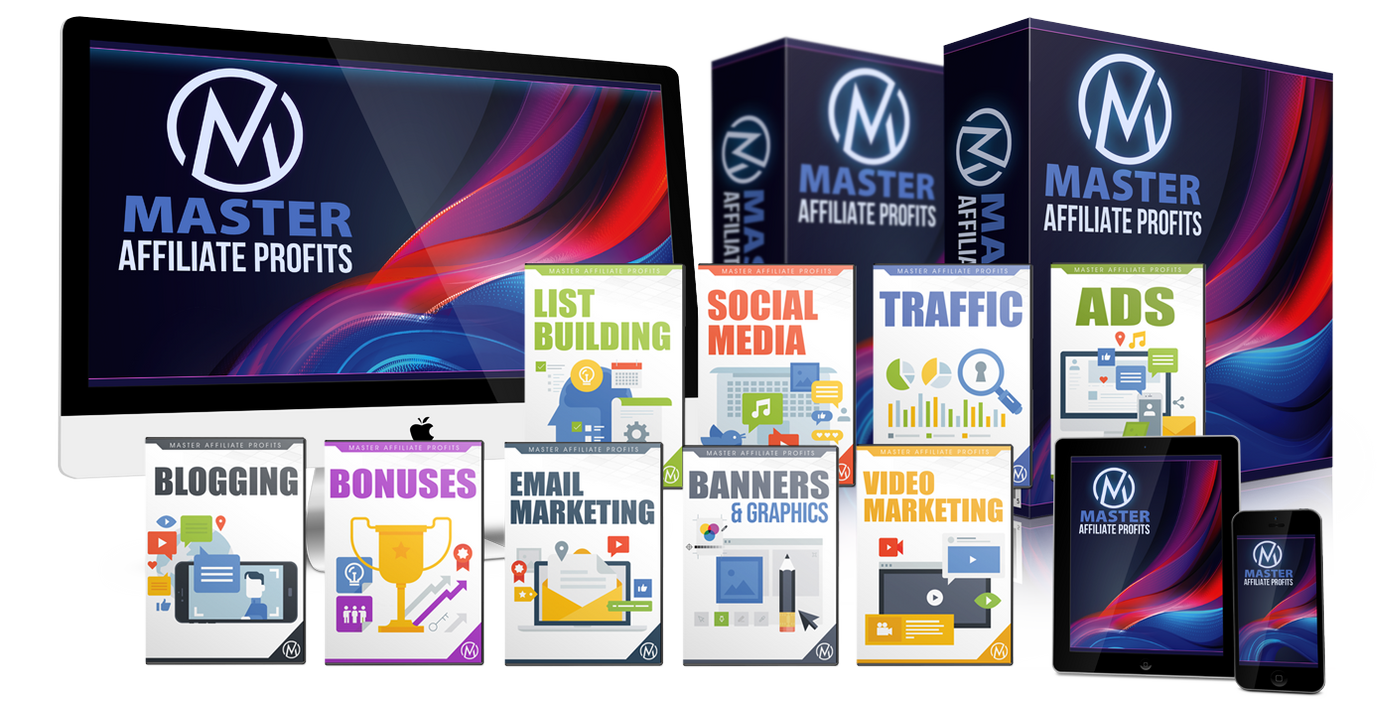Steps to Build a Social Media Content Calendar
By Duncan Whitmore
Creating an effective social media calendar can feel like composing a symphony. With the right preparation, each post plays its part to create harmony and engagement.
It’s crucial for internet marketers to establish a well-organized plan to ensure content is tailored to their audience, posted consistently, and achieves strategic business goals.[1]
Let's look into the key steps to build a social media content calendar that rocks your online world.
Understanding the Importance of a Social Media Calendar
In the digital age, spontaneity has its place, but consistency is critical. A social media calendar is a strategic tool that allows marketers to plan, organize, and schedule content effectively.
With this plan in place, internet marketers can avoid the last-minute scramble for ideas and ensure that they maintain an active presence across all their social media platforms.
Creating a social media calendar doesn’t just help with staying organized; it ensures your content is balanced and aligns with your overall business objectives.
More importantly, it creates an opportunity to engage with your audience consistently and build a loyal community over time.
Define Your Social Media Goals
Before diving into posts and scheduling, it’s essential to define your goals. Maybe you’re looking to increase brand awareness, drive more traffic to your website, or boost engagement on specific platforms.
When setting goals, think SMART – Specific, Measurable, Achievable, Relevant, and Time-bound.
Defining these goals will guide your content strategy and influence every piece of content you create.
Identify Your Audience
Understanding your audience is crucial. A well-crafted message means little if it doesn't resonate with the right people.
Use data insights and analytics to identify your audience demographics, behaviors, and preferences. Keep an eye on your competitors to understand what content works well within your industry.
Tailoring your content to meet your audience's needs and interests will lead to higher engagement rates.
Select the Right Platforms
Not every platform will be suitable for every business. Identify where your target audience spends their time and focus your efforts there.
Whether it’s the visual appeal of Instagram, the networking potential of LinkedIn, or the quick engagement of X (Twitter), understanding each platform’s unique characteristics will drive your content strategy.
Remember, quality over quantity; it’s better to master a few platforms than to stretch yourself too thin across many.
Content Planning: Themes and Content Types
Now it’s time to consider the type of content you want to share.
Content themes ensure your messaging reflects your brand’s voice and goals. They might include educational posts, customer testimonials, industry news, or user-generated content. Vary the content types, such as images, videos, stories, graphics, and live streams, to keep your audience engaged.
Consider using a monthly theme or focus for your content that aligns with your business objectives. For example, if your goal is to increase brand awareness, plan posts that emphasize your brand story and values.
Designing the Calendar
Once the groundwork is laid, it’s time to design the actual calendar.
Choose a format that suits you best, whether it’s a spreadsheet, an actual calendar, or a digital management tool like Hootsuite or Buffer. Include details such as the date and time of posting, platform, type of content, and any links or hashtags needed.
Consider planning your posts at least one month ahead to give you room for adjustments based on engagement analytics and feedback. This also allows more time for creativity and refinement.

Creating and Sourcing Content
Now, it’s time to create the content. Ensure you have a balance between content that is self-promotional and content that offers value or entertainment to your audience.
High-quality visuals are crucial, so invest in good photography or graphic design.
Content curation, or sharing relevant material produced by others, can also add value. Remember to always credit the original source. Tools like Pocket and Feedly can help streamline this process.
Scheduling and Automation
Once your content is ready, scheduling is the next step.
Automation tools like Buffer, Sprout Social, or Later are a social media manager's best friend. They allow you to schedule posts in advance, ensuring consistency and freeing time for engagement and strategy enhancements.
Monitor and Engage
Publishing isn’t the last step. Social media is about community and conversation, so be ready to respond and interact with your audience.
Monitoring your posts and responding to comments promptly can significantly enhance engagement and brand trust.
Analyze and Adjust
Finally, regular analysis is essential for refining your strategy.
Use analytics tools inherent in social media platforms or third-party apps to track your performance against the goals you set. Focus on what content is performing well and adjust your strategy accordingly.
Be adaptable; social media trends can shift quickly, and responsiveness to change is vital.
Conclusion
Remember, building an effective social media calendar is about creating a strategic, organized, and consistent approach to your online presence.
By focusing on clear goals, understanding your audience, and planning your content thoughtfully, you can ensure that your social media efforts yield impactful and meaningful results.
So, plan wisely, engage authentically, and watch your brand grow.
* * * * *



